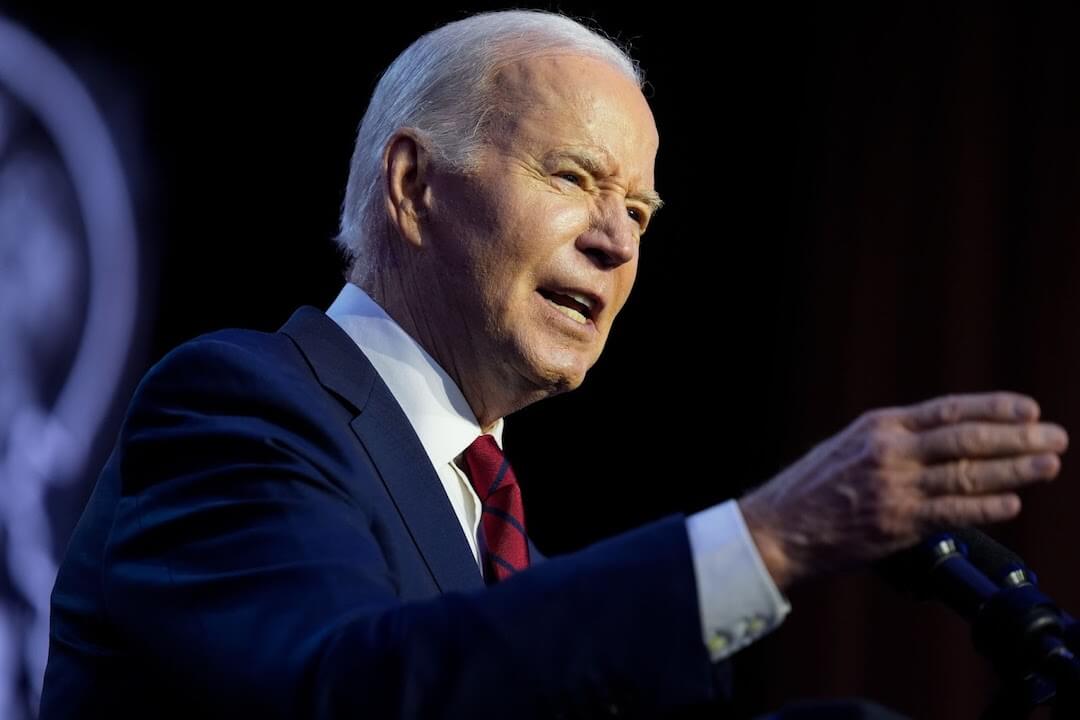The tech platform Zuora is in the business of selling software for subscription billing — for a range of industries, like telecommunications or manufacturing, not just publishing. It also does an annual report with data drawn from a client base of 1,000.
The 2020 edition, released Wednesday, has a good news/bad news mix for the publishing segment. Bottom line: Subscription volume continues to grow even during the pandemic, but ads (as measured by other sources) are sinking even faster than they were before and will continue to do so.
Hence, “publishers who are not using digital subscriptions should start,” the report recommends. Those already well into building that base have the data to more deeply engage audiences and upsell them new services.
Other headline findings:
- Subscription revenue has been rising at a healthy pace for some years. The growth rate has slowed but is still trending upward. Advertising, on the other hand, has been flat in recent years — falling for newspapers while slightly better for social media and streaming TV. At the end of last year and so far in 2020, however, advertising is now declining sharply.
- Churn — the loss of previous subscribers — in publishing is higher than in some other industries, but, surprisingly, it has not gotten worse during the pandemic. Some users, of course, dropped rather than renewed as household budgets tightened, but they were generally replaced by a higher-than-usual percentage who wanted to stay informed and were thus willing to pay.
- For legacy publications, the 5-to-1 preference of younger readers for digital to print underscores the case for building that business (while keeping ad volume as high as possible), rather than shoring up print subscriptions.
Another next step: “To avoid churn and demonstrate value to customers, smaller or niche publications might consider creative packaging or bundling; for instance, Bloomberg Media’s recent announcement to partner with The Athletic.”
I spoke with Amy Konary, who oversees the Subscription Economy Index study and is director of what she described as a “think tank to help Zuora customers.”
Subscriptions to streaming entertainment services have not fared as well as publishing in recent months, she said, and there is a reason why.
“You subscribe with high expectations. If you find after a few months that you are not using the service that much, you may drop … Publications subscriptions tend to be for a longer time — a year or six months for an introductory offer. So you have more time to assess how useful it is.”
Once the relationship is established, renewals are not a hard sell. She offered an example in business-to-business publishing, Standard and Poor’s, which after a year or two becomes part of a suite of financial information services baked into a company’s operations.
Achieving that when a publication sells to consumers rather than businesses is more difficult but far from impossible. She cites the obvious case of The New York Times, which is still growing its subscription base of 6 million and, according to the company, continues to maintain its conversion rate on the newest discounted subs.
The Times also illustrates an opportunity available as a subscription product matures, Konary said. It has enough data to segment the audience and identify potential markets for add-on or freestanding services like verticals for crosswords, cooking and now podcasts.
The same logic applies to the bundled offers like Bloomberg and The Athletic or the just-announced dual subscription offer for The Washington Post and Financial Times. These are successful, not struggling, digital publishing outlets. They can keep growth momentum by cross-selling.
The Post/FT combo makes more obvious sense than Bloomberg and The Athletic. However, Konary said, Bloomberg can identify business readers who would also like to check out in-depth sports coverage, and the two can collaborate on sports business topics.
Konary agreed with my assessment that the many attempts at offering access to a broad range of publications such as Apple News or Tony Haile’s Scroll may be more problematic. A special feature like ad blocking could prove appealing, but, she said, “it’s like the old days of cable where you got 300 channels but only use four or five.” More tailored options are more appealing — a choice among dozens or hundreds paid sites will seem just too much to many.
The study also tracks subscription trends in industries where the concept would seem less of a fit — healthcare, for instance, where telemedicine systems were on the rise even before the pandemic, or manufacturing, where remote digital monitoring of machine performance is growing.
The same principle applies across industries, Konary said. The newer, often much smaller, subscription segment grows faster than the one-item-at-a-time legacy business.
Returning to publishing, I asked Konary if she thought building paid subscriptions and the potential of linking related services or publications was workable for smaller metro and local newspapers and digital sites.
“I hope so,” she said. “We need to reinvent publishing … (to maintain local journalism) … Unfortunately, it takes a while.”
Rick Edmonds is Poynter’s media business analyst. He can be reached at redmonds@poynter.org.







